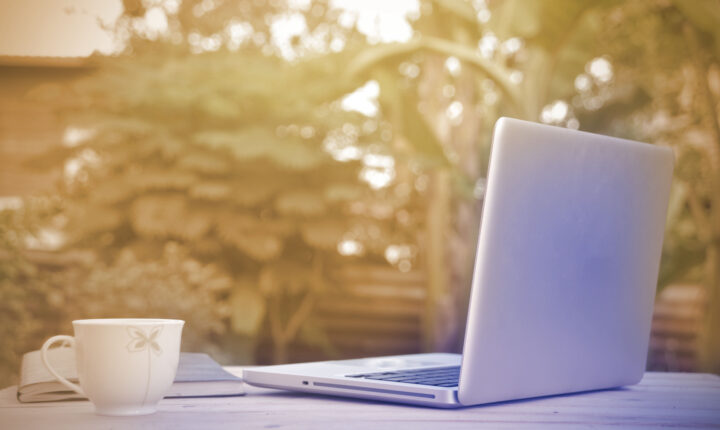Just the PeaksThis newsletter at a glance
|
Top 2020 Pandemic Trends
The Good (Here to stay)
Zoom Rooms
Despite people returning to work and school, ‘Zoom rooms’ will remain a key part of post-pandemic life. The trend is likely to persist for the next few years—if not longer.
“Regular videoconferencing from home, whether you’re an employee or a student, is a new reality,” says Ana Duranni of Realtor.com. “It’s become increasingly common to see agents and sellers including Zoom rooms in listings as part of a home’s features.”
Zoom rooms serve as dedicated workspaces where family members can plug in without distraction. They usually feature a comfortable desk, pretty background for video calls, and are set away from busy areas like the kitchen. In smaller homes, additional workspaces may be carved out in existing rooms and separated by partitions.
Outdoor Living
Today’s prospective homeowners remain laser-focused on not only the quality, but also the quantity, of outdoor living space. Top realtors say that porches, pools, decks, and other entertaining spaces have risen to the top of buyers’ wish lists.
“We don’t just want to walk to the park, we want to cook outdoors, relax outdoors, gather with friends and family outdoors, exercise outdoors, and some people even want to work outdoors,” writes Regina Cole of Forbes. “And, we want that outdoor space to be part of the home.”
If your property has unused outdoor space, you can make the most of it with just a little landscaping, some cozy seating, a fire pit, or picnic table. More permanent upgrades include paver patios, outdoor kitchens, and beyond.
The Bad (Time to retire)
Open Shelving
Leading up to the pandemic, open shelving was super popular. Designers adopted the look in living rooms, offices, and bathrooms, filling walls with beautiful decorative appeal. We even saw the look in kitchens, where white ceramic pottery was put on full display.
The problem is, with more families staying home, cleaning has become a daily challenge. Tabletops, countertops, bookcases, and wall shelving are collecting more dust due to increased human activity and foot traffic.
“I am realizing that some of those overtly-styled moments such as open shelving are just not functional anymore,” says Hannah Pobar of Home Studio List. Instead of the open-air concept, Homes and Gardens suggests “clever storage solutions are at the forefront of design, especially those with curvaceous design elements and soft-close hinges.”
All White Everything
Through early 2020, white on white on white was everywhere. From kitchens to bathrooms to bedrooms, homeowners wanted clean, stark, and simple—a refreshingly blank palette to unwind after the workday. But after COVID, the ‘escape’ mentality no longer applies.
According to interior designer Jennifer Ebert, “Our homes have become a multi-purpose space to work, relax, and entertain in (when safe), so using color to define each zone is certainly something to consider.”
Lack of color also lends itself to a certain ‘sterile’ vibe. With mental health at the top of everyone’s mind, paint colors should stimulate and uplift.
The Ugly (Never again)
Cloffices
For many employees, 2020 was a confusing and disorienting time. Overnight, they were tasked with fulfilling their daily duties in the supposed ‘comfort’ of home. But what’s a worker to do without a designated office? All of a sudden, the beloved open floor plan became a burden.
Creative homeowners transformed their bedroom closets into office spaces, swapping their shelves and hangers for desks and swivel chairs. And for a while, the trend stuck! Cloffices were dubbed the ‘new cubicle,’ and workers finally had a reprieve from the distraction of household noise.
Still, who really wants to work while staring into a rack of sweaters? Everest predicts the liberation of the work-from-home force by the end of 2021. Cloffices will remain popular in small apartments, but in suburbia, remote workers will find another way.
Everest says: some COVID crazes should be contain




